
Following the 2009 financial crisis, many banks came under extreme financial pressure from loans to underperforming and over-leveraged borrowers who could not repay; so-called non-performing loans (NPLs). The level of NPLs in Europe reported in the period 2013-2018 reached over €1 trillion split between consumer credit card loans, mortgage and real estate loans and corporate loans.
Whilst many portfolios of consumer, mortgage and real estate loans were sold to funds engaged with collection agencies, corporate loans representing about one third of all NPLs became more difficult for banks to offload, often requiring lenders to then make decisions on insolvency of the lender with its associated political and commercial ramifications to the bank brand. Many such NPLs were packaged into portfolios and sold to work-out funds, removing the bank from the bad publicity.
This did not resolve the loan issue, however. It merely transferred the bad loan from one institution to another, albeit at a discount which affected bank profits. Also, the creditor was still liable for the full repayment and the transaction often resulted in the acquiring fund swapping debt for equity to control the debtor and undertake a turnaround under its own imposed new management team to realise the value potential; a so-called loan-to-own transaction.
Progressively, banks saw their loan value sold at too high a discount, leaving some of their value with the fund to the disadvantage of their own shareholders. Creditors saw their investment and ownership under threat from aggressive loan-to-own funds. Opportunities for both debtors and creditors to maximise value preservation by performance improvement and better negotiation techniques arose.
Banks now saw the benefit in single-ticket deals, using turnaround professionals to help improve operations and management of the debtor to limit the size of the bank’s potential ‘haircut’. Shareholders and creditors saw the value in engaging with turnaround and restructuring professionals to improve business operations and renegotiate more favourable loan terms and refinancing with other institutions, thus minimising the value lost in a debt to equity transaction.
Our professionals have the skill-sets to work on the creditor side to advise on performance improvements that the debtor should make. We also have the skills to advise the debtor companies on a range of options to maximise their recovery. Opportunities exist, particularly in those countries with the maximum exposure to NPLs – currently Greece, Cyprus, Italy and other Eastern European countries. BM&T European Restructuring Solutions has worked with banks in these countries in advancing the understanding of turnaround and recovery of companies with NPLs.
Through BM&T Hellas in Athens and the association with ERS Italia in Italy, we have the local knowledge and local personnel to assist both debtor and creditor interests in NPLs.

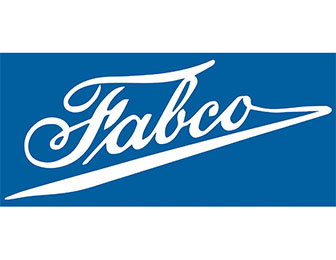







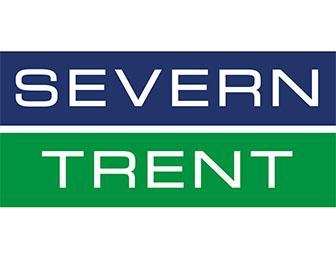
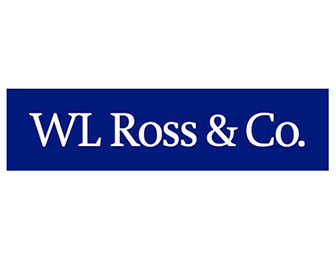

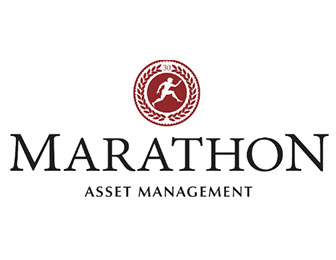

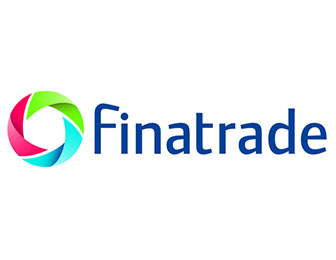

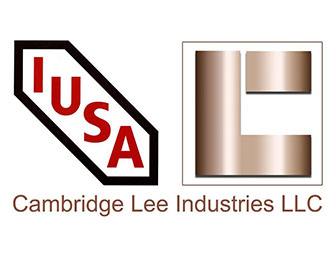

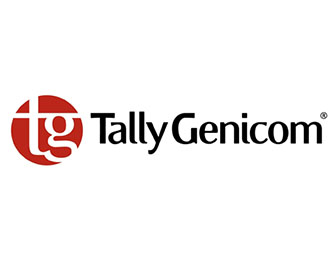
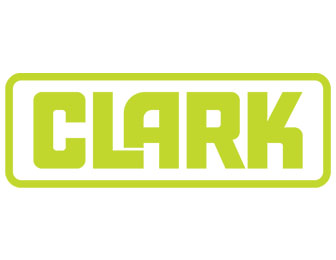

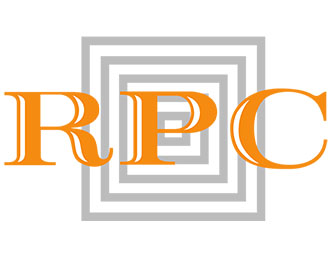


© Copyright BM&T European Restructuring Solutions Ltd. All rights reserved
Notes, insights and reflections from Matthew, one of our directors and turnaround experts, as he works with companies during Lockdown.